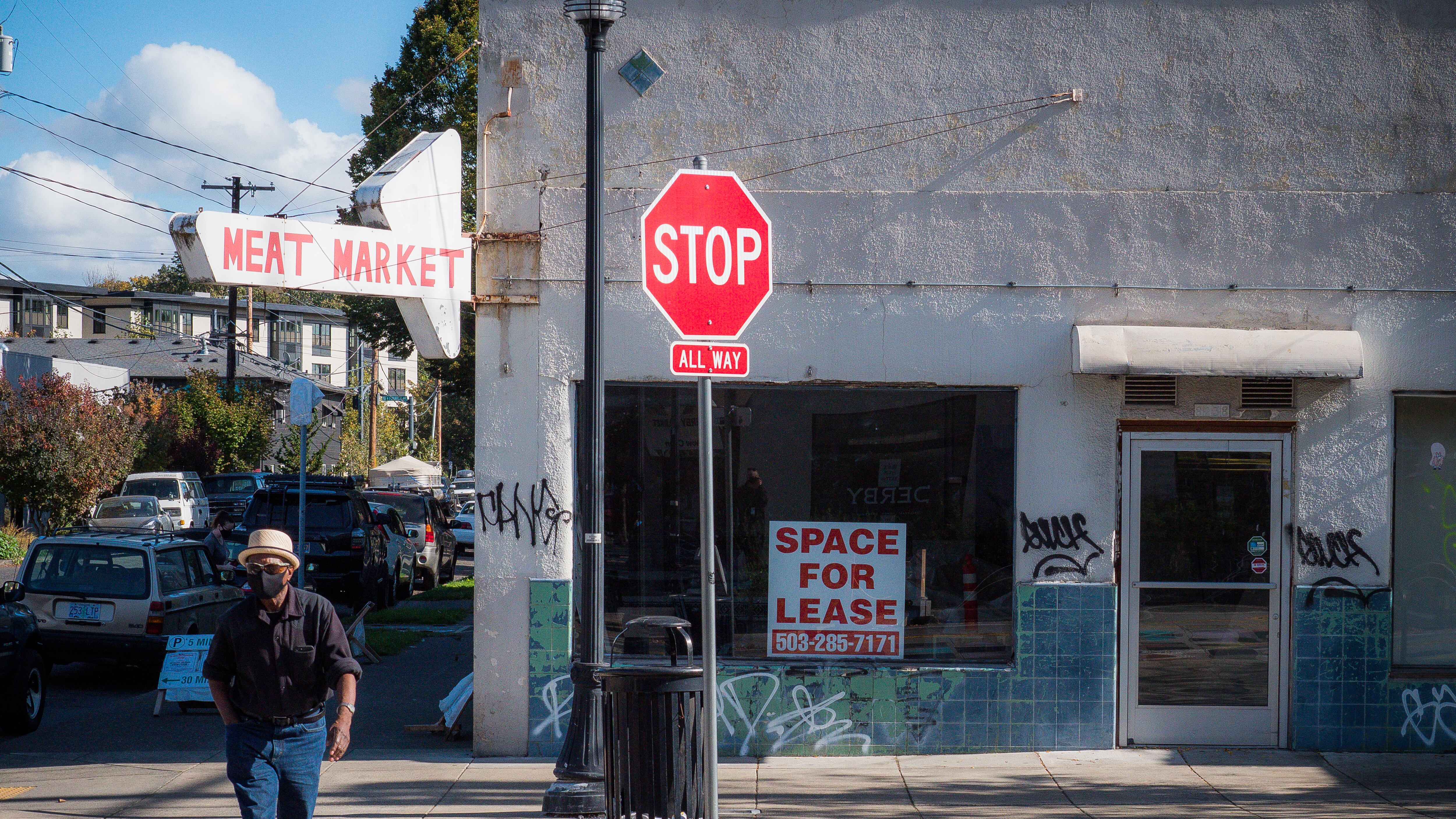Multnomah County reported 298 new cases of COVID-19 on Wednesday, Nov. 11. That's an all-time high for cases reported in a single day since the pandemic began in Oregon's most populous county, which includes Portland.
The record number also marks the seventh consecutive day that Multnomah County's reported daily caseload was above 150 infections. The previous high was on Sunday, Nov. 7, when the county reported 240 cases.
"The fall spike in COVID-19 cases that we've been anticipating as activities moved indoors has arrived," Multnomah County Chair Deborah Kafoury wrote in a Wednesday evening statement.
Looking past the daily numbers and their fluctuations, the long-term trends are equally dire. The week of Nov. 1 through 7 saw the per capita rate of COVID-19 in Multnomah County more than double from its rate in mid-October. At least 153 people per 100,000 in the county last week had COVID, compared to 74 people per 100,000 the week of Oct. 18.
The Oct. 18 rate was higher than in any previous week since the pandemic began.
The only note of optimism in the otherwise dismal county figures: Hospitalizations, which are soaring statewide, were still fairly stable in Portland last week. Twenty-eight COVID-19 cases were admitted to the hospital the week of Nov. 8, far fewer than the 49 admitted in mid-April.
Starting today, Gov. Kate Brown ordered a "two-week pause" in nine Oregon counties, including Multnomah, which further reduces the size of indoor gatherings allowed in public places and strongly discourages people from gathering with individuals from outside their household.
Related: The governor asks: How large is your party?
Among her recommendations were the standard precautions, such as wearing a mask, social distancing, and washing shared surfaces and hands frequently. She also suggests people check their symptoms on the coronavirus checker site and follow the step-by-step guide on what to do after either testing positive or being exposed to someone who has tested positive.
"Taking these actions can help us protect one another, preserve critical hospital capacity, and avoid more severe restrictions," Chair Kafoury wrote. "We slowed the spread before and, together, we can do it again."

